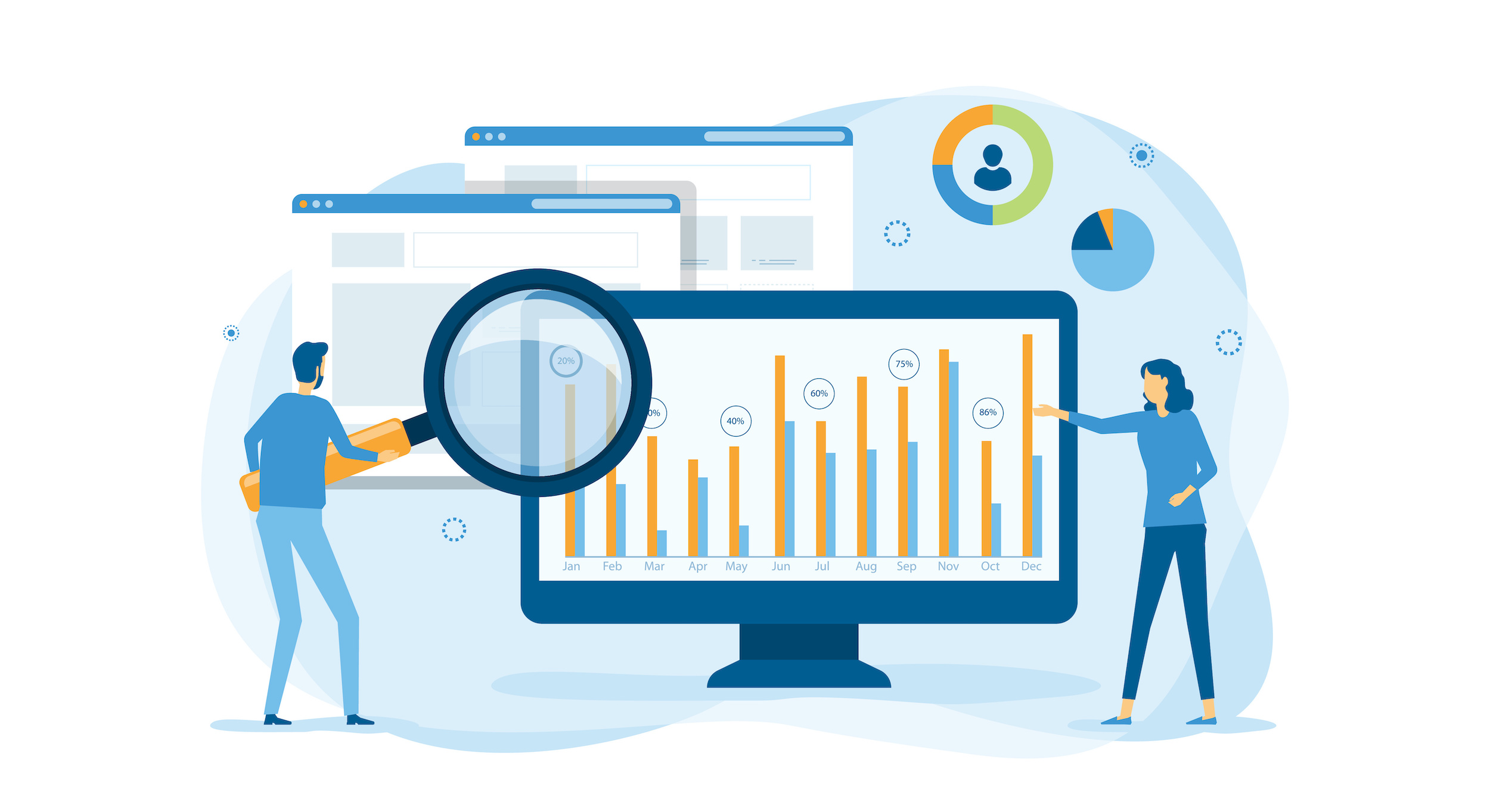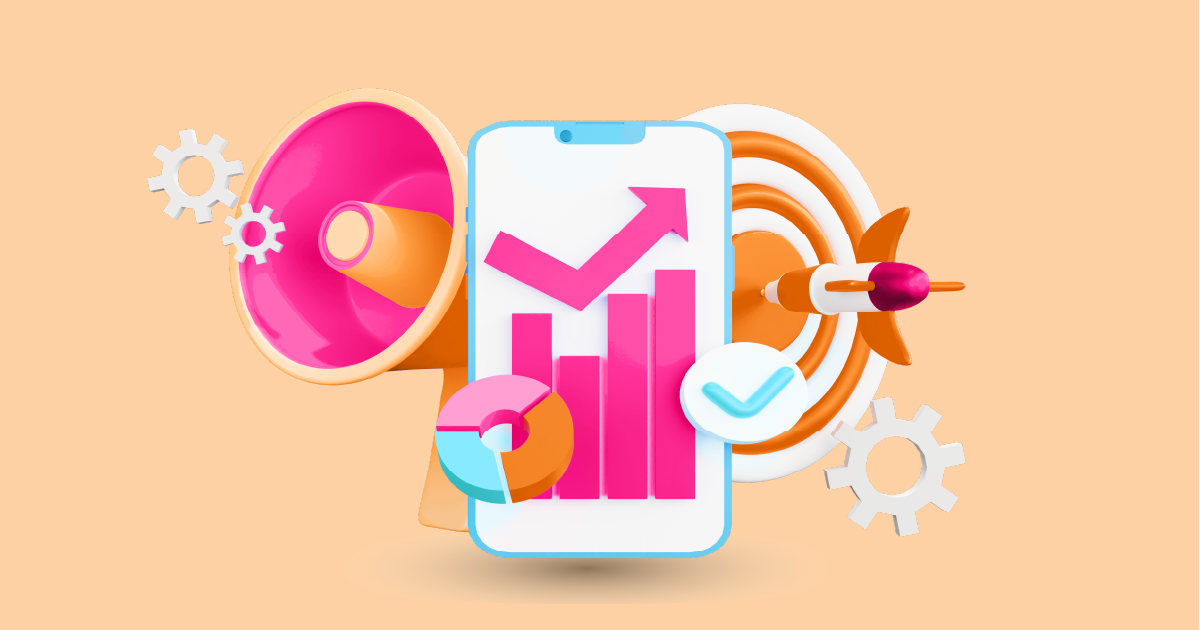In today’s fast-paced digital world, social media platforms have become more than just spaces to connect and share experiences. They have transformed into valuable sources of data, providing businesses with a unique opportunity to understand customer sentiments. Social media monitoring sentiment analysis allows companies to tap into the digital pulse of their audience, enabling them to make informed decisions, enhance customer experiences, and stay ahead of the competition.
Social Media Monitoring Sentiment Analysis: Understanding the Digital Pulse

What is Social Media Monitoring?
Social media monitoring, also known as social listening, refers to the process of tracking conversations and mentions about a brand, product, or industry across various social media channels. It involves analyzing user-generated content, such as posts, comments, and reviews, to gain insights into customer opinions and trends.
Importance of Social Media Monitoring
Social media monitoring helps businesses in:
- Real-time Feedback: Monitor customer feedback in real-time, allowing for immediate responses to concerns or praises.
- Competitor Analysis: Track competitors’ activities and customer responses to understand market dynamics.
- Brand Reputation Management: Address negative feedback promptly to maintain a positive brand image.
- Identifying Trends: Identify emerging trends and customer preferences, aiding in product/service development.
Understanding Sentiment Analysis
Sentiment analysis, also known as opinion mining, is a technique used to determine the emotional tone behind a piece of text. It categorizes opinions expressed in a piece of content as positive, negative, or neutral, providing businesses with a deeper understanding of customer sentiments.
How Sentiment Analysis Works
- Natural Language Processing (NLP): Utilizes NLP algorithms to analyze textual data and identify sentiments expressed in the content.
- Machine Learning: Machine learning models are trained on vast datasets to recognize patterns and classify sentiments accurately.
- Aspect-Based Sentiment Analysis: Focuses on specific aspects of products or services mentioned in the text, providing detailed insights.
Benefits of Social Media Monitoring and Sentiment Analysis
Combining social media monitoring and sentiment analysis offers several advantages to businesses:
1. Enhanced Customer Engagement
- Understand customer concerns and address them promptly, leading to higher satisfaction levels.
- Engage with positive feedback to strengthen customer relationships and brand loyalty.
2. Competitive Advantage
- Analyze competitors’ weaknesses and strengths, enabling businesses to fill gaps in the market.
- Stay updated on industry trends and customer preferences to innovate products/services accordingly.
3. Improved Marketing Strategies
- Tailor marketing campaigns based on customer sentiments, ensuring higher resonance and engagement.
- Identify influencers or brand advocates to collaborate with, amplifying reach and credibility.
Challenges
While social monitoring and sentiment analysis offer valuable insights, businesses face challenges such as:
- Ambiguity in Language: Sarcasm, irony, or colloquial expressions can be misinterpreted by algorithms.
- Multilingual Content: Analyzing sentiments in multiple languages requires sophisticated language processing tools.
- Data Privacy Concerns: Adhering to data privacy regulations while collecting and analyzing user-generated content.
Conclusion
Social media monitoring combined with sentiment analysis empowers businesses to decipher digital chatter effectively. By understanding customer sentiments, businesses can create personalized experiences, refine products, and strengthen their market presence. Embracing these techniques is not just an option; it’s a necessity in today’s competitive landscape.
Are you ready to harness the power of social media monitoring and sentiment analysis for your business? Request a demo from AIM Technologies today and witness the transformation in your digital strategies.
Frequently Asked Questions
Q1: Is social media monitoring only beneficial for large businesses?
- A1: No, social media monitoring is valuable for businesses of all sizes. It helps SMEs stay connected with their audience and adapt to changing market demands.
Q2: Can sentiment analysis be applied to non-textual data, such as images and videos?
- A2: Yes, sentiment analysis algorithms can be trained to analyze non-textual data, providing insights into emotions conveyed through visuals.
Q3: How often should businesses conduct social media monitoring and sentiment analysis?
- A3: Regular monitoring is essential. Businesses should ideally monitor social media channels daily and perform sentiment analysis periodically to track trends.
Q4: Are there tools available for businesses to automate social monitoring and sentiment analysis?
- A4: Yes, several tools and platforms offer automated social media monitoring and sentiment analysis services, making it easier for businesses to gain insights efficiently.




